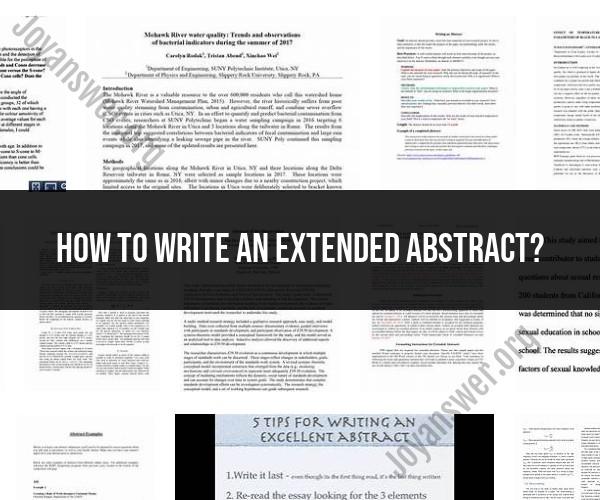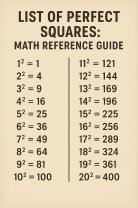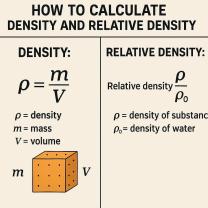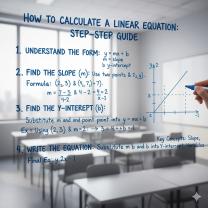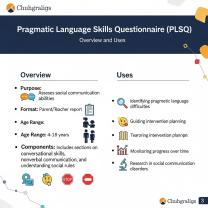How to write an extended abstract?
Writing an extended abstract is a common requirement for presenting research at conferences, workshops, or submitting papers to journals. An extended abstract is typically longer and more detailed than a regular abstract, providing a comprehensive overview of your research. Here's a guide on how to write an effective extended abstract:
1. Understand the Purpose:
- An extended abstract serves as a standalone document that summarizes the key aspects of your research project. Its purpose is to inform the reader about the research problem, methodology, results, and conclusions.
2. Follow a Structured Format:
- An extended abstract generally consists of several sections, including:
- Begin with a brief introduction that provides context for your research problem and the motivation behind your study.
- Research Questions or Objectives: Clearly state the research questions or objectives that your study aims to address.
- Methodology: Describe the research methods, approaches, and techniques you used to conduct your study. Explain how you collected data, conducted experiments, or analyzed information.
- Results: Summarize the main findings of your research. Use charts, graphs, or tables to present data if appropriate.
- Discussion: Interpret your results and discuss their implications. Address how your findings contribute to the field or provide solutions to the research problem.
- Conclusion: Sum up the key takeaways and contributions of your research.
- References: Include any references or citations used in your extended abstract.
3. Write Clearly and Concisely:
- Be concise and use clear, straightforward language.
- Avoid jargon or technical terms that may be unfamiliar to a broad audience.
- Use complete sentences and proper grammar.
4. Be Specific and Quantitative:
- Use specific data and quantitative results to support your findings, if applicable.
- Avoid vague statements and provide numerical values or percentages where relevant.
5. Highlight Significance and Contribution:
- Emphasize the significance of your research and its contribution to the field.
- Explain why your study is relevant and how it advances existing knowledge.
6. Provide Context and Background:
- Offer sufficient background information to help readers understand the research problem and the context of your study.
7. Use Visuals (If Appropriate):
- Incorporate figures, charts, graphs, or tables to illustrate key points and data.
- Ensure that visuals are easy to interpret and enhance the understanding of your research.
8. Avoid Citations and References (in most cases):
- Extended abstracts typically do not include citations or references. Instead, focus on presenting your research independently.
9. Proofread and Edit:
- Carefully proofread your extended abstract for errors in spelling, grammar, and formatting.
- Seek feedback from colleagues or mentors to improve clarity and coherence.
10. Check Submission Guidelines:- Review the specific guidelines provided by the conference, workshop, or journal where you plan to submit your extended abstract.- Ensure that your document adheres to their formatting and content requirements.
11. Test for Standalone Readability:- Consider whether your extended abstract can be understood by someone who is not familiar with your research. It should stand alone and provide a comprehensive overview.
12. Revise and Refine:- Revise your extended abstract based on feedback and review it multiple times to refine your writing and ensure accuracy.
Writing an effective extended abstract requires the ability to convey complex research in a clear and concise manner. Tailor your approach to the specific guidelines and requirements of the venue where you plan to submit your abstract.
